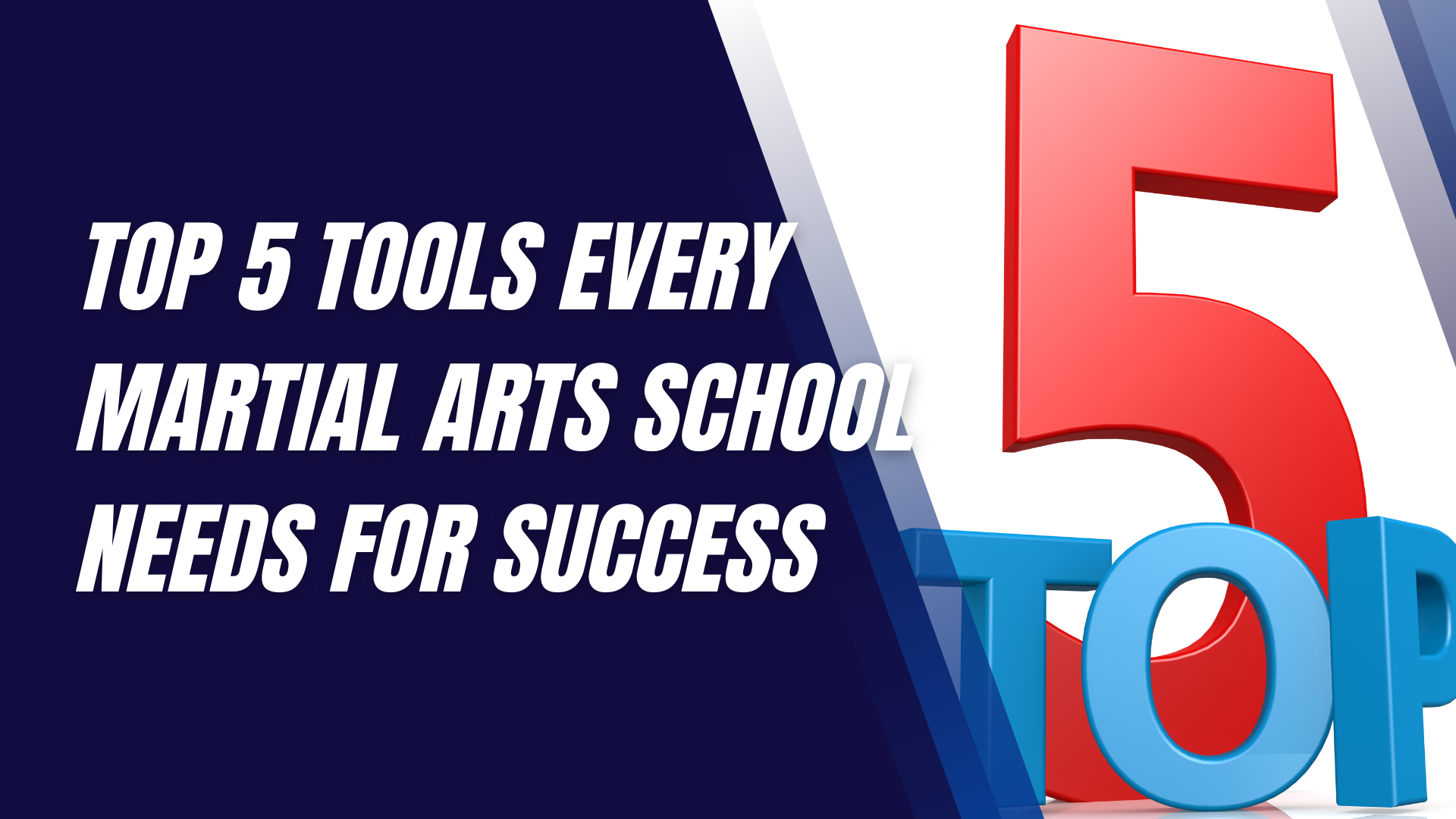Teaching Martial Arts to Different Age Groups
Martial arts offer a wide range of benefits for people of all ages, from young children to seniors.
Whether it's improving physical fitness, boosting mental health, or fostering social connections, martial arts can be a transformative experience. Teaching martial arts to different age groups requires tailored approaches to ensure that each individual can benefit fully from their training. In this article, we will explore the unique considerations and strategies for teaching martial arts to various age groups, highlighting the benefits and best practices for each stage of life.
Benefits of Martial Arts for Different Age Groups
Physical Benefits
One of the most obvious benefits of martial arts is the improvement in physical fitness. For children, martial arts help develop coordination, balance, and overall motor skills. Adults and seniors can enjoy enhanced flexibility, strength, and cardiovascular health. Martial arts training involves various exercises that cater to improving physical health, making it a valuable activity for all ages.
Mental Benefits
Martial arts training goes beyond physical fitness, offering significant mental benefits. For children, it instills discipline and focus, essential traits that benefit their academic and personal lives. Adults can find stress relief and better emotional control through regular practice. The meditative aspects of martial arts help calm the mind and promote mental clarity, which is particularly beneficial for seniors.
Social Benefits
Martial arts also foster social connections and a sense of community. Students build friendships, learn respect, and work as a team, regardless of their age. These social interactions are crucial for personal development in children and teenagers, while for adults and seniors, they provide a supportive network and a sense of belonging.
Teaching Martial Arts to Young Children (Ages 4-7)
Developing Basic Motor Skills
For young children, the focus is on developing basic motor skills. Simple exercises and games that improve coordination, balance, and flexibility are essential. Instructors should use activities that engage children and make learning fun, such as obstacle courses and animal movements.
Making Learning Fun and Engaging
Young children have shorter attention spans, so it’s important to keep lessons lively and engaging. Incorporate stories, songs, and games that relate to martial arts techniques. This approach helps children associate fun with learning, making them more eager to participate.
Fostering Discipline and Focus
At this age, children begin to understand the concepts of discipline and focus. Instructors should introduce simple routines and emphasize the importance of listening and following instructions. Positive reinforcement and rewards can be effective in maintaining their interest and encouraging good behavior.
Teaching Martial Arts to Older Children (Ages 8-12)
Building Confidence and Self-Esteem
As children grow older, they become more aware of their abilities and limitations. Martial arts can significantly boost their confidence and self-esteem. Instructors should encourage them to set personal goals and celebrate their progress, no matter how small.
Introducing More Complex Techniques
Older children are ready to learn more complex martial arts techniques. This is the time to introduce basic self-defense moves and forms. It’s important to ensure that they understand the principles behind each technique and practice them safely.
Encouraging Healthy Competition
Healthy competition can be a great motivator for children in this age group. Instructors should organize friendly sparring matches and competitions, emphasizing sportsmanship and personal improvement over winning.
Teaching Martial Arts to Teenagers (Ages 13-17)
Addressing Physical Changes
Teenagers experience significant physical changes, and martial arts can help them navigate this period with confidence. Training should focus on strength, endurance, and flexibility, helping teens to cope with their growing bodies.
Enhancing Self-Discipline and Responsibility
Martial arts training teaches teenagers self-discipline and responsibility. Instructors should emphasize the importance of commitment, punctuality, and respect for others. These lessons extend beyond the dojo, positively influencing their academic and personal lives.
Preparing for Competitions and Advanced Training
Many teenagers are ready for more advanced training and competitions. Instructors should provide opportunities for teens to compete at higher levels, ensuring they understand the importance of preparation and perseverance.
Teaching Martial Arts to Adults (Ages 18-40)
Fitness and Stress Relief
For adults, martial arts offer a perfect blend of fitness and stress relief. Regular practice helps in maintaining physical health, managing stress, and improving overall well-being. Instructors should design training sessions that accommodate busy schedules and varying fitness levels.
Self-Defense Skills
Many adults take up martial arts to learn self-defense. Instructors should focus on practical techniques that can be applied in real-life situations. Emphasizing scenario-based training helps adults feel more confident and prepared.
Achieving Personal Goals
Adults often have specific goals, such as losing weight, building strength, or achieving a black belt. Instructors should work closely with them to set realistic milestones and provide personalized guidance and support.
Teaching Martial Arts to Seniors (Ages 40+)
Maintaining Physical Health
For seniors, martial arts are an excellent way to maintain physical health. Training should focus on low-impact exercises that improve flexibility, balance, and strength. Instructors should be mindful of any physical limitations and adapt exercises accordingly.
Improving Mental Acuity
Martial arts can help seniors maintain mental acuity. Techniques that require memorization and focus can keep the mind sharp and improve cognitive functions. Meditation and breathing exercises are also beneficial for mental clarity and relaxation.
Promoting Social Interaction
Seniors often seek social interaction and a sense of community. Martial arts classes provide a supportive environment where they can make friends and stay socially active. Group activities and team exercises can enhance this sense of camaraderie.
Adapting Martial Arts Training for Special Needs
Inclusive Teaching Strategies
Martial arts should be accessible to everyone, including those with special needs. Instructors should adopt inclusive teaching strategies that cater to different abilities. This may involve modifying techniques or using specialized equipment.
Adapting Techniques and Exercises
It’s important to adapt martial arts techniques and exercises to suit individual needs. Instructors should work closely with students to understand their limitations and find ways to help them participate fully and safely.
Success Stories and Examples
Sharing success stories and examples of individuals with special needs excelling in martial arts can be highly motivating. These stories highlight the inclusive nature of martial arts and inspire others to pursue their training.
Tips for Martial Arts Instructors
Understanding Your Audience
Instructors must understand the unique needs and goals of their students. This involves getting to know them personally and adjusting teaching methods accordingly. A tailored approach ensures that each student can benefit fully from their training.
Creating a Safe and Supportive Environment
Safety is paramount in martial arts training. Instructors should create a safe and supportive environment where students feel comfortable and confident. This includes proper warm-ups, safe sparring practices, and addressing any concerns students may have.
Continuous Learning and Adaptation
Martial arts instructors should commit to continuous learning and adaptation. Staying updated with new techniques, training methods, and understanding the latest research in sports science can help improve their teaching and benefit their students.
Final Thoughts
Teaching martial arts to different age groups requires a nuanced approach that considers the unique needs and capabilities of each group. From young children to seniors, martial arts offer a wide range of benefits that can enhance physical health, mental well-being, and social connections. By understanding these differences and adopting flexible teaching strategies, instructors can ensure that every student enjoys and benefits from their martial arts journey.
Interested in trying a martial arts class? Find an affiliated academy anywhere in the country by clicking here.
Have your own martial arts program? Get to know more about what we have to offer at Ground Standard Agency for helping martial arts businesses grow.
Email us at info@groundstandard.com, or call and text us at (732) 907-8920 today to learn how to start growing your own academy, school, dojo, or gym with us as well.
Share this article












